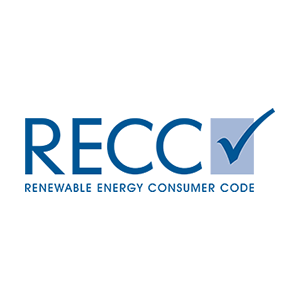As the demand for renewable energy solutions like solar battery storage systems grows, it’s crucial to understand how different environmental conditions affect their performance. Cold weather, in particular, poses significant challenges for battery efficiency and longevity. However, advancements in technology, such as those seen in SigEnergy battery systems, are addressing these challenges effectively.
Understanding Cold Weather Effects on Batteries
- Reduced Chemical Reactions: Batteries rely on chemical reactions to store and release energy. Cold temperatures slow these reactions, decreasing the battery’s ability to charge and discharge efficiently.
- Decreased Capacity: In colder environments, batteries often show a reduced capacity, meaning they can’t hold as much energy as they would in warmer temperatures. This reduction can affect how long a battery can power a home or an appliance during peak usage times.
- Increased Internal Resistance: Low temperatures can increase the internal resistance within a battery, making it harder for the battery to perform its functions and leading to slower charging times and reduced power output.
- Potential for Accelerated Aging: Repeated exposure to cold conditions without proper management can lead to faster degradation of battery components, potentially reducing the overall lifespan of the battery.
How SigEnergy Addresses Cold Weather Challenges
SigEnergy’s approach to solar battery storage, particularly using lithium-ion phosphate (LiFePO4) batteries, offers several advantages:
- Optimal Chemistry for Cold Weather: Unlike lead-acid batteries, lithium-ion phosphate batteries are better suited for cold climates. LiFePO4 batteries maintain a higher performance level in cold weather, offering greater efficiency and stability.
- Built-in Thermal Management: SigEnergy systems are equipped with advanced thermal management technologies. These systems actively manage the battery’s temperature to ensure optimal performance even in lower temperatures. Some models include heated battery packs that activate to keep the battery at an ideal operating temperature, thereby mitigating the typical cold-weather issues.
- Installation Considerations: SigEnergy systems are designed to be installed in a variety of settings, including environments where temperatures may drop significantly. By providing guidelines on proper installation and insulation practices, SigEnergy ensures that the battery’s environment minimizes exposure to extreme cold.
- Preconditioning Capabilities: Similar to preconditioning in electric vehicles, SigEnergy batteries can be pre-conditioned to operate efficiently before they begin discharging. This feature is particularly useful in cold climates where batteries need to be brought up to a suitable temperature before use.
- Durability and Maintenance: Regular maintenance and checks are recommended to ensure that the thermal management system and other components of SigEnergy battery systems are functioning correctly. This helps in extending the life of the battery and maintaining its efficiency and capacity over time.
Conclusion
The challenge of cold weather impacts on battery performance is significant, but not insurmountable. With systems like those from SigEnergy, equipped with lithium-ion phosphate batteries and robust thermal management, homeowners and businesses in colder climates can enjoy the full benefits of solar energy storage without compromise. By selecting the right technology and following proper installation and maintenance practices, the efficiency and reliability of solar battery systems can be maximised year-round.




















